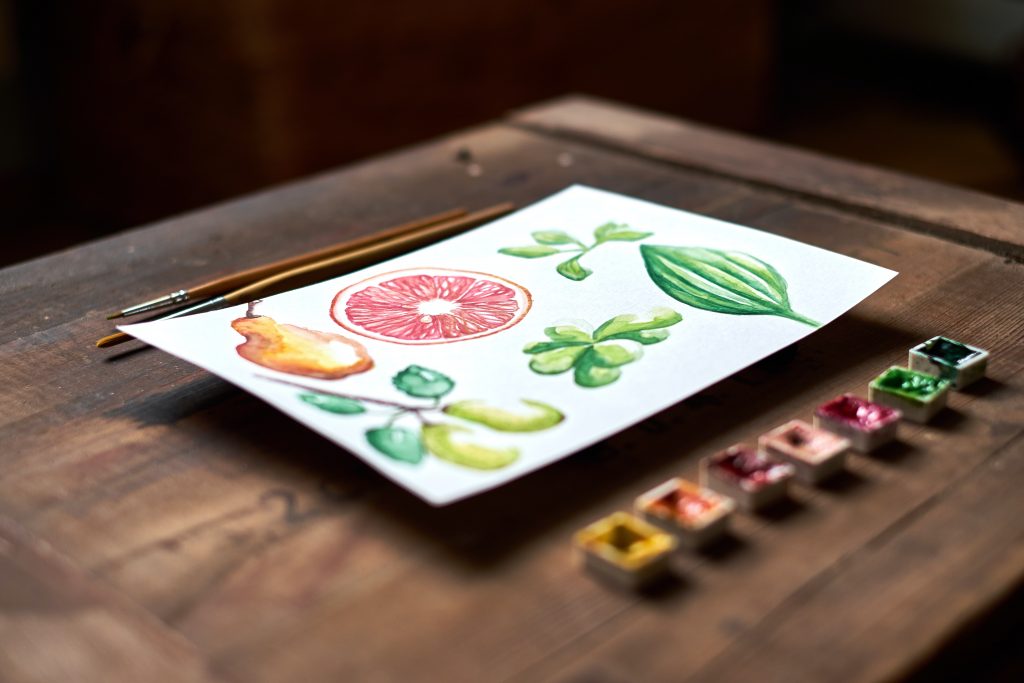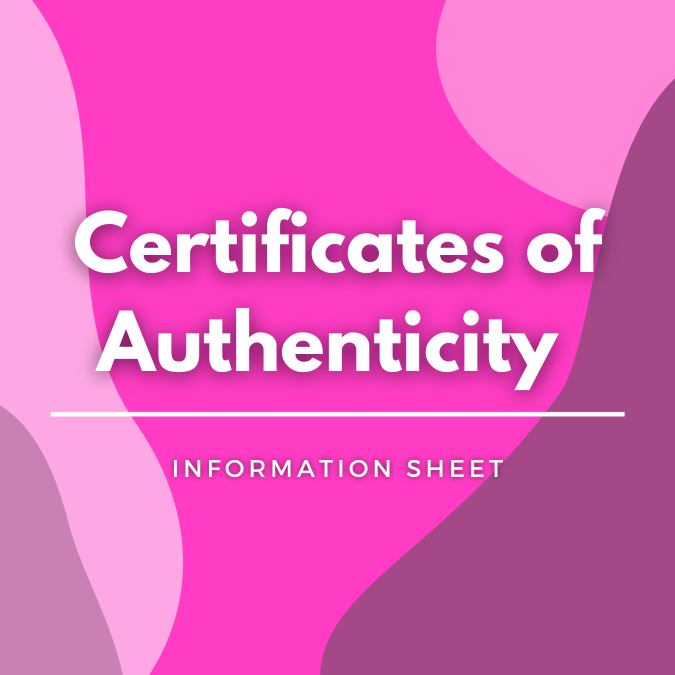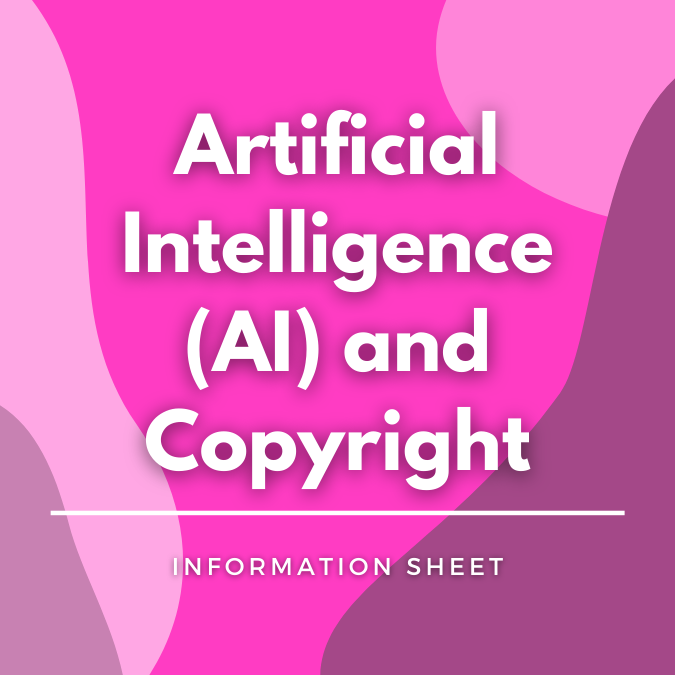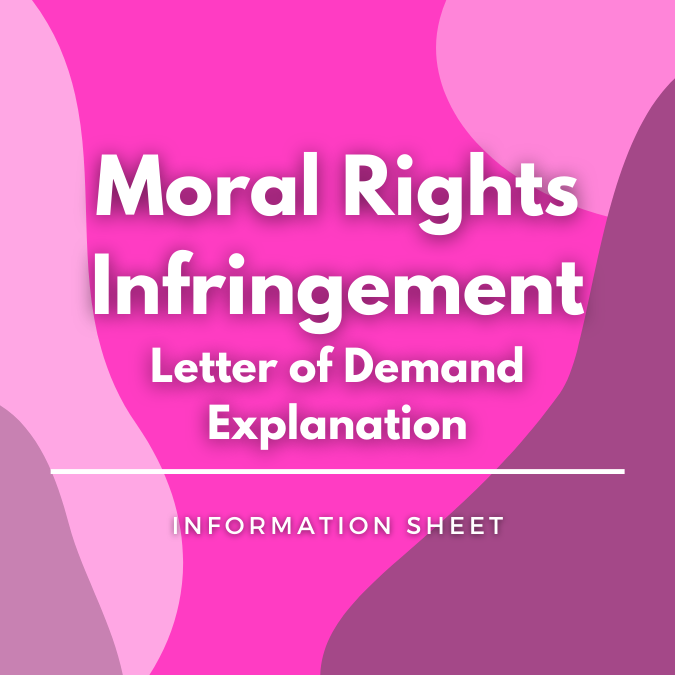Monash University – Young Artist Competition 2021 (HEALTHY STORIES = GOOD FOOD)

Arts Law regularly reviews the terms and conditions of competitions and rates them out of five stars. Our review looks broadly at the terms and conditions of a competition. In particular, we look closely at how a competition deals with an entrant’s copyright and moral rights and consider this in light of the prize. Entrants should always take into account the possible profile-raising which may result from being a finalist or winner.
By accepting the terms and conditions of a competition, entrants should be aware that they may be entering a legally binding contract.
For more information, see our free information sheet on competition conditions. Artists are welcome to contact Arts Law for legal advice on the terms of a competition. We also invite competition organisers to contact Arts Law for best practice assistance to make their terms and conditions fairer for artists.
Please note: Prior to February 2018, Arts Law rated out of five stars only the terms of a competition which dealt with copyright and moral rights. Arts Law’s competition reviews are now more holistic, such that our rating out of five stars now reflects a broad review of all the terms and conditions of the competition. For more information see our website.
Review
This month, Arts Law has reviewed the terms and conditions of the Monash University – Young Artist Competition 2021 (HEALTHY STORIES = GOOD FOOD) organised by Monash University in Victoria. Read the terms and conditions of this competition https://www.monash.edu/medicine/youngartistcomp.
The deadline for this competition: 12 February 2021

Arts Law has rated this competition 5 out of 5 stars.
Congratulations to Monash University! Arts Law made suggestions to the University on how to improve the competition’s terms and conditions (Ts and Cs) to make them more artist friendly. It is wonderful that it took on board all of our suggestions, and consequently the terms and conditions are an excellent example of best practice when dealing with artists.
This art competition is part of the HEALTHY STORiES = GOOD FOOD live event (the Event), to showcase stories about healthy stories. The Event is a partnership between the Arnhem Land Progress Aboriginal Corporation and the research communities. Artworks must relate to the theme of food, health and remote stores in some way. Entrants submit an artwork and a short story about what the artwork shows and the connections to food, remote community stores or takeaways and health.
The competition is open to artists aged 18-35 years who identify as an Aboriginal and/or Torres Strait Islanders.
There are 3 cash prizes:
First Prize: $1,500 acquisitive (meaning the winning work is kept by Monash University)
Second Prize: $300 non-acquisitive
Third Prize: $200 non-acquisitive
Copyright
The competition organiser is to be congratulated for the way it deals with an artist’s copyright. It demonstrates a respectful treatment of artists’ rights.
Put simply, copyright is the creator’s right to control the use of its creative work. Generally, in order to use an artwork or story you need a copyright licence from the copyright owner.
These Ts and Cs require the first prize winner to grant the University a non-exclusive licence to use their artwork and story indefinitely, for any non-commercial purpose, in connection with the Event.
We are really pleased that the University implemented Arts Law’s suggestions to revise the Ts and Cs resulting in terms which reflect best practice when dealing with an artist. Specifically, the revisions made to the Ts and Cs included:
- positively stating that entrants retain copyright in their art works and can continue to use their artwork;
- requiring the licence from only the first prize winner, rather than from all entrants; and
- expressly stating that it is a non-commercial licence, meaning the University can’t put the artworks on merchandise for sale.
Apart from making these changes, we commend the University for already having the following artist-friendly aspects to the licence:
- the University is restricted to using the artwork in connection with the Event (meaning the University can’t simply use it for any purpose); and
- the licence is a non-exclusive licence, meaning the first prize winner is free to use the artwork themselves as well as license it to someone else.
Otherwise, for the winner of the acquisitive prize, the licence is indefinite – meaning the University can reproduce the artwork forever. This is acceptable given that the University gets to keep the artwork and may want to reproduce it in years to come (provided of course it is for the restricted non-commercial purpose of being in connection with the Event).
Moral rights
In addition to an artist’s copyright in their artwork, an artist also has moral rights in respect of their artwork. Moral rights include the artist’s right to be credited, and the right to have their artwork treated with integrity – meaning no derogatory treatment of their artwork (an example of derogatory treatment could be using only part of an artwork instead of the whole artwork, or making alterations to an artwork).
At Arts Law’ suggestion, the University amended its moral rights terms, in favour of the entrants. In particular, the University will credit the entrant when the work is displayed or published including on the University’s website or otherwise, in respect of any other use, where it is reasonable to do so. This is fair and reasonable. Further, it removed the statement allowing it to modify, adapt or use ‘part’ of an artwork, and instead implemented a term stating that the University will not make any changes to the artwork and story without the artist’s prior written approval.
Other important information
This competition is aimed at young Aboriginal and Torres Strait Islander artists. It’s so important to respect any Indigenous Cultural or Intellectual Property in creative works, and here Arts Law worked with the University to ensure it had an appropriate term requiring it to attribute Indigenous Cultural or Intellectual Property in the artwork.
It’s worth noting that the University can amend the Ts and Cs but we are pleased that it included the statement that it will inform the entrants in writing of any changes.
To conclude
These Ts and Cs demonstrate a respectful and fair treatment of an artist’s copyright and moral rights, as well as Indigenous Cultural or Intellectual Property. Arts Law was impressed with the University’s enthusiasm in engaging with us to ensure its TS and Cs reflect best practice. In doing so, the University demonstrated to us how committed it is to artists’ rights.
While the cash prizes are not huge, here is an opportunity for profile raising for the first prize winner. If you come second or third, you win some money, and although not a big amount, the University does not require anything from you in return.
Finally, the University is to be commended on running a competition that provides an opportunity for young Aboriginal and Torres Strait Islander artists to tell their story about food, through art, as part of an event promoting healthy food.
You can lodge a query with us here if you would like to obtain advice from Arts Law about this competition.
Further Information
Please email us at [email protected] to tell us about any competitions or prizes you think we should check. See more about Arts Law’s campaign to improve competition terms and conditions in the Prizes and Competitions section.




